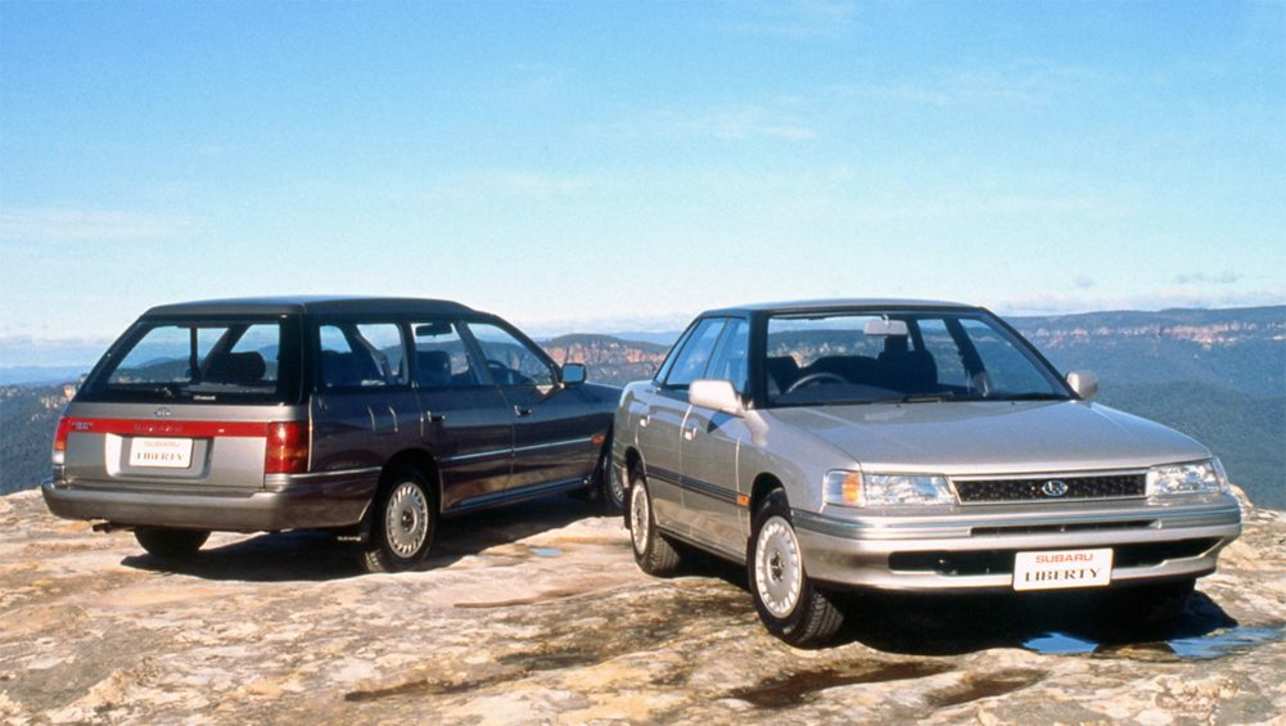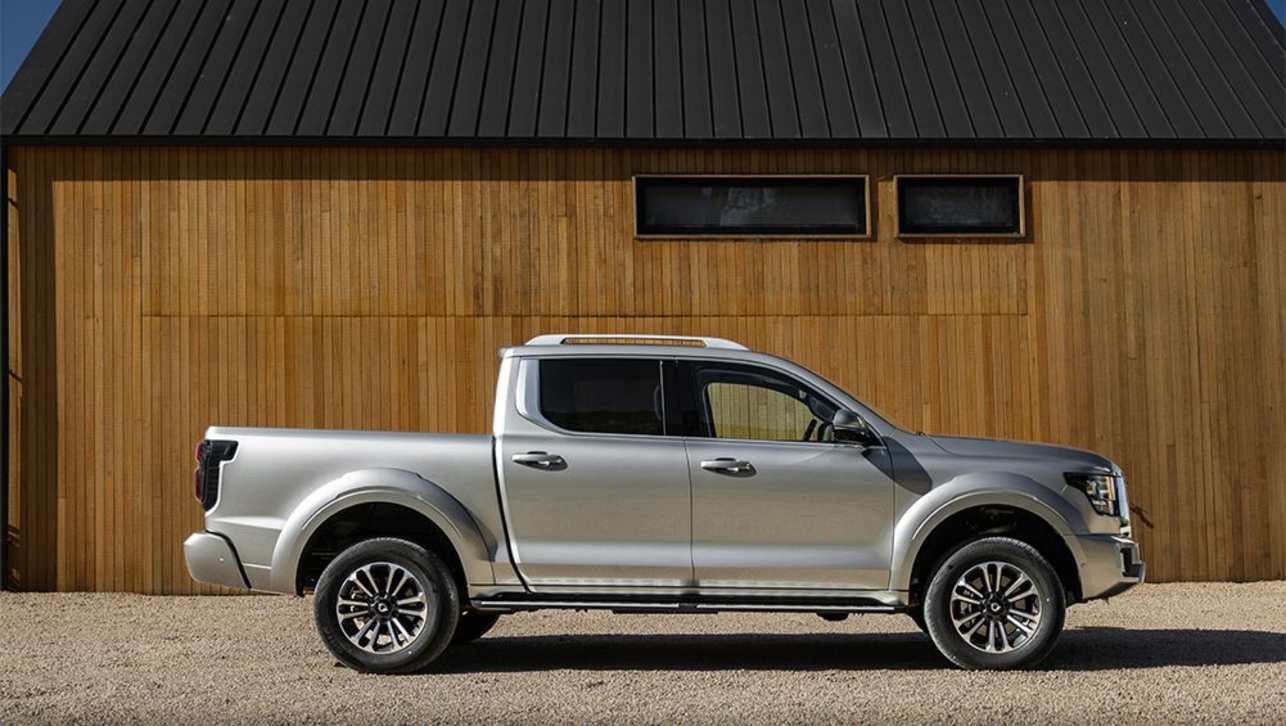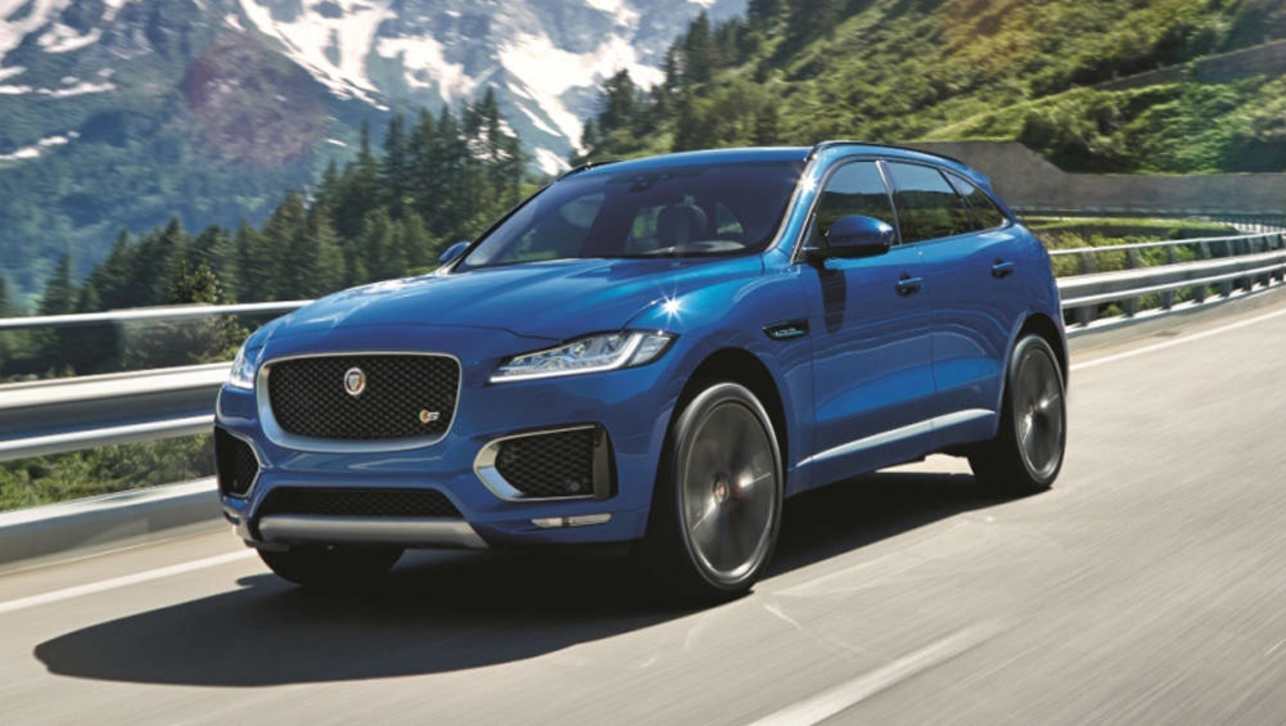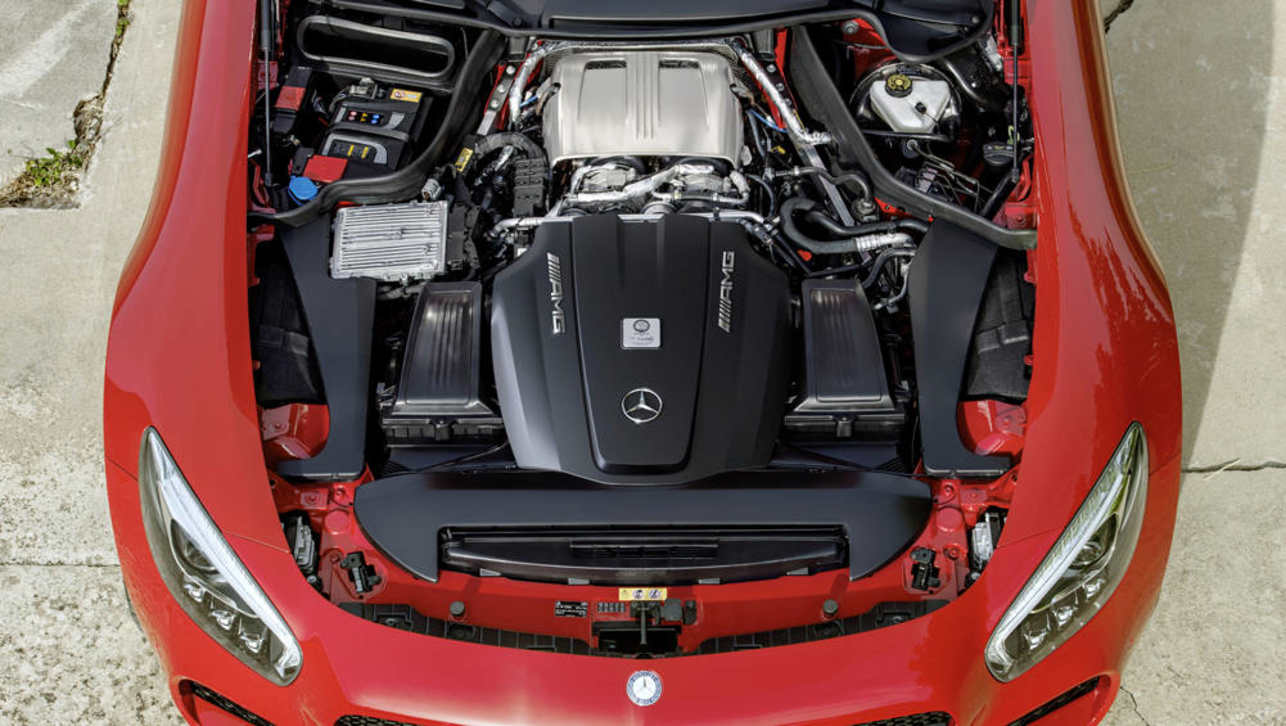Mercedes-Benz Australia Pacific has revealed it will employ an undisguised E-Class to gather data relating to autonomous driving technologies on local roads, which will in turn assist the manufacturer's Germany-based research and development (R&D) experts.
The test mule will be loaded with additional equipment which will help collect information on Aussie roads, satellite navigation and traffic behaviour.
These findings will then be fed back to members of the R&D team who will make the trip Down Under from their head office in Sindlefingen, Germany.
Testing is to be led by Mercedes-Benz manager of validation and communication for active safety and assistance systems Jochen Haab, whose team will use the data collected to shape the evolution of the car-maker's safety systems and pave the way for a self-driving future.
Mr Haab said Australia was an ideal fit for the trial as autonomous and safety tech needed to be studied in a right-hand-drive market.
We say that is the safe way to do it – one step at a time.
“This opportunity allows us to further test in a new right-hand drive market with good roads, signage, and varying conditions within close proximity of urban areas,” he said.
“For example, you can be in a congested traffic situation in the city, and then 30 minutes later be in a rural-type environment with varying conditions.
“In conjunction with our colleagues in Australia we will work towards a close collaboration, regardless of the distance between Germany and Australia.”
According to Mr Haab, despite success with assistance and safety technologies in the past, the brand is approaching its research into autonomous driving with caution.
Speaking with Australian journalists in mid-2016, Mr Haab shared his belief that the current crop of Mercedes-Benz vehicles could achieve a high level of autonomy, however, there are still too many doubts regarding road-sharing with other commuters.
“The last couple of years, since we introduced Distronic steering assist in the generation three cars that we sell today, people often come out and say, ‘Hey, why don’t you do more? You could do more – why don’t you? Why do you want to take those small steps?’,” he said.
“We say that is the safe way to do it – one step at a time. Then, when we are confident, we spread it out across the range and then take the next step. That’s what we do.”
Trials of partial-autonomous driving have already been conducted on American roads using current-generation Mercedes-Benz models with two billion kilometres covered so far without issue.
No court cases in relation to incidents with autonomous driving have been filed against the German company, according to Mr Haab, “but that does not mean we did not have any accidents,” he continued.
“Accidents are inevitable, and ‘Vision Zero’ is a vision, but we have to get close,” he said.
Mercedes-Benz Australia Pacific CEO and managing director Horst von Sanden said this opportunity would not only help improve the manufacturer's autonomous and safety systems, but also allow them to implement these new technologies in local vehicles as quickly as possible.
There is currently no finalised end date or expected distance coverage for the pilot project.




.jpg)










.jpg)

.jpg)
.jpg)
.jpg)
.jpg)
.jpg)

.jpg)




.jpg)

Comments